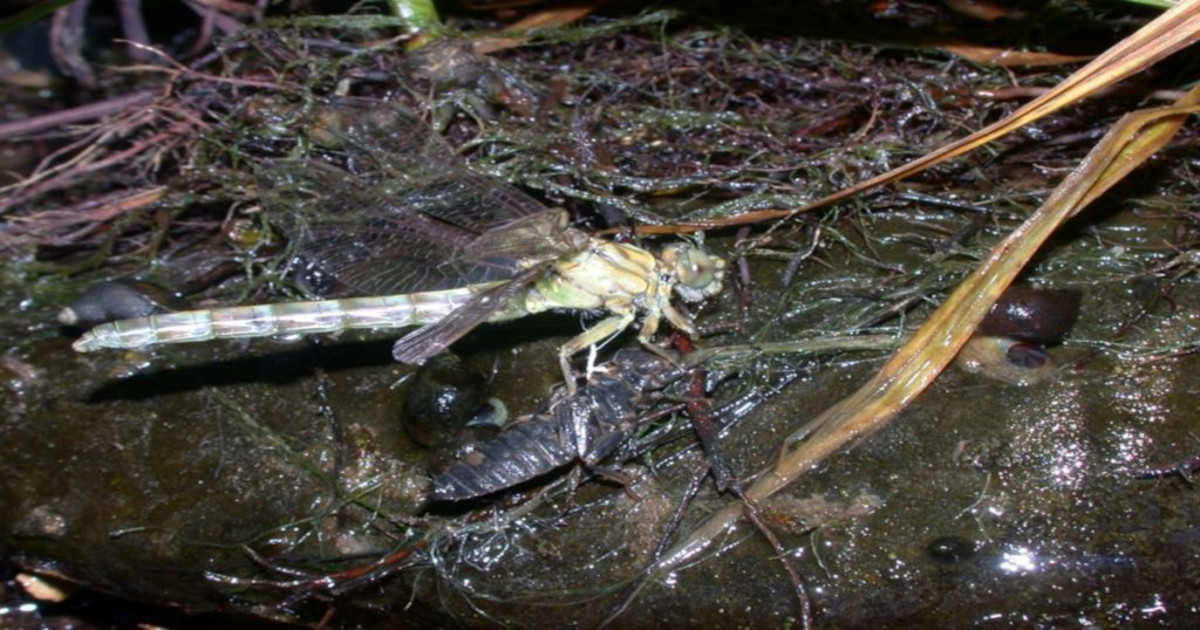Ecology, Diversity and Evolution of Aquatic Macroinvertebrates
A special issue of Diversity (ISSN 1424-2818). This special issue belongs to the section "Animal Diversity".
Deadline for manuscript submissions: closed (28 February 2023) | Viewed by 8846

Special Issue Editor
Interests: aquatic ecology; functional ecology; macroinvertebrates; functional feeding groups; benthic assemblages; springs ecosystems; trophic interaction; conservation biology; ecological modelling; biological invasions; water quality assessment
Special Issues, Collections and Topics in MDPI journals
Special Issue Information
Dear Colleagues,
As we learn about the importance of macroinvertebrates in aquatic ecosystems and recognize their diversity and ubiquity, we are still amazed at both the complexity of the communities and the wondrous variety of habitats in which they are found. These include organisms that inhabit freshwater, seas and oceans, brackish waters, as well as a wide range of extreme habitats. In many cases, macroinvertebrate communities consist of hundreds of taxonomically and functionally diverse species, including benthic ones and those that swim freely. However, aquatic ecosystems are experiencing biodiversity decline at higher rates than those in terrestrial ecosystems, and global diversity is not uniform in space or time, with some parts of the planet characterized by high diversity, and others not. and certain periods in the chronological development of the planet standing out due to their high diversity and others not. Understanding these variations, especially regarding the key drivers for observed patterns, represents a major challenge in macroecology and macroevolution.
Decrease in diversity in certain ecosystems may be caused by natural processes, while in others, it is a consequence of negative anthropogenic impact. Natural disturbances are agents of natural selection that drive multiple biological adaptations along the evolutionary time. The evolutionary relationship among species (phylogeny) may be used to explain variation in species sensitivity. Macroinvertebrates are also often recommended for evaluating the effects of anthropogenic stressors at all levels of biological organization, from the molecular to the ecosystem. The relationship between ecology of macroinvertebrates and their diversity and evolution is obvious. Macroinvertebrate phylogeny is one of the aspects that make these organisms so intriguing.
This Special Issue will be dedicated to aquatic macroinvertebrates. It will cover a wide range of topics, from those related to improving sampling methods to those dealing with predicting the future or reconstructing the past of the ecosystems, as well as papers that include field-based assessment but also experimental studies in laboratory environment. Species that are stenoendemic as well as those with wide distribution will be equally included—the former due to the interesting topic of endemism, and the latter due to the issue of adaptations that enable such wide distribution. Papers that lean toward classics (for example, macroinvertebrate species biodiversity assessment based on morpho-taxonomy) as well as more modern approaches (standard DNA-based biodiversity identification tools such as DNA barcoding coupled with high-throughput next-generation sequencing (NGS) technologies) will all be welcome.
The Special Issue will include papers that in the broadest sense may be described as pertaining to topics of ecology, diversity, and evolution of aquatic macroinvertebrates.
Dr. Ana Savić
Guest Editor
Manuscript Submission Information
Manuscripts should be submitted online at www.mdpi.com by registering and logging in to this website. Once you are registered, click here to go to the submission form. Manuscripts can be submitted until the deadline. All submissions that pass pre-check are peer-reviewed. Accepted papers will be published continuously in the journal (as soon as accepted) and will be listed together on the special issue website. Research articles, review articles as well as short communications are invited. For planned papers, a title and short abstract (about 100 words) can be sent to the Editorial Office for announcement on this website.
Submitted manuscripts should not have been published previously, nor be under consideration for publication elsewhere (except conference proceedings papers). All manuscripts are thoroughly refereed through a single-blind peer-review process. A guide for authors and other relevant information for submission of manuscripts is available on the Instructions for Authors page. Diversity is an international peer-reviewed open access monthly journal published by MDPI.
Please visit the Instructions for Authors page before submitting a manuscript. The Article Processing Charge (APC) for publication in this open access journal is 2600 CHF (Swiss Francs). Submitted papers should be well formatted and use good English. Authors may use MDPI's English editing service prior to publication or during author revisions.
Keywords
- macroinvertebrates
- aquatic ecosystem
- monitoring, management and restoration
- macroinvertebrate ecology
- macroinvertebrate diversity
- macroinvertebrate evolution
- macroinvertebrate taxonomy
- endangered species
- invasive species
- water quality





